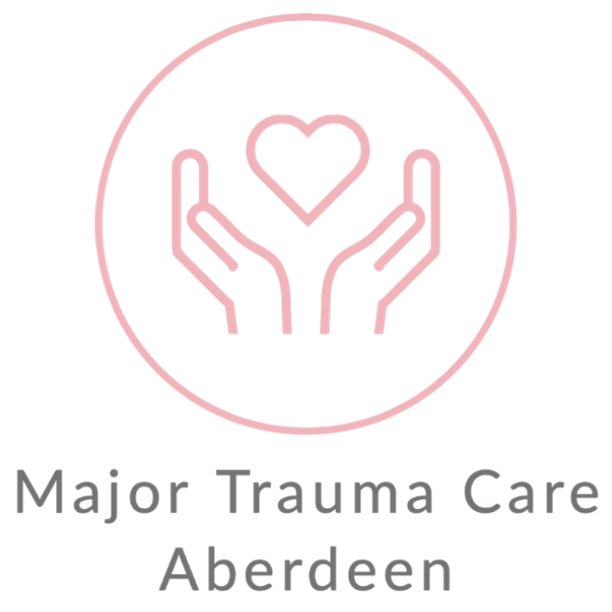Hand injuries are common and may be missed in the assessment of the multiply injured patient. A thorough secondary and tertiary survey must be undertaken once life threatening injuries have been corrected.
Background
History & examination
![The Hand Trauma service in Aberdeen may be covered by a plastic surgeon or an orthopaedic surgeon [Check Rota]](/media/vx3me2io/hand-trauma-circle.png)
Mechanism of injury
- Time since injury
- Digits or parts of the hand and wrist injured:
- Open vs. closed injuries
- Amputations.
- Assessment of the following must be undertaken and documented:
- Vascularity of the hand and digits
- Neurological status of the hand
- Tendon function of flexors (FDS & FDP) and extensors
- Bone injury – fractures, dislocations, and ligament injuries.
Investigations
- Radiographs of the affected areas
- If a single digit – a PA and true lateral of the digit required
- If a hand, request PA, oblique and lateral images
- Wrist injuries should have a PA and lateral view available
- Amputated digits – image the amputated part and the hand as well.
- CT scans will rarely be indicated
- Discuss with hand surgeon.
Management in ED

- Manage life threatening injuries first
- Thorough secondary & tertiary surveys to identify subtle injuries
- Analgesia to manage pain
- X- Ray of hand/digit AND amputated part
- Realign fractured digits & reduce dislocated joints
- If grossly contaminated open injuries, avoid reduction; patient will need emergency debridement of the tissues
- Open fractures require treatment with IV antibiotics as per local antibiotic guidelines
- Splint to stabilise injury and contribute to pain relief
- Volar hand splint in position of safe immobilisation (Edinburgh position - see above image)
- If patient stable, referral to hand team for definitive treatment
- If patient unstable or multiply injured, arrangements for surgery at MTC can be made.
Amputations
Refer to plastics team for consideration of replantation.
Major limb replantation (wrist and proximal) will require the collaboration of the orthopaedic, plastic/hand and vascular teams.
Indication for replantation
- Thumb
- Multiple digits
- Hand
- Any amputation in a child
- Wrist and proximal upper limb (forearm/elbow/arm)
- NB not avulsion injuries
- Single digit distal to FDS insertion.
Contraindications to replantation
- Severe soft tissue damage – crushed or mangled tissues
- Multi-level amputation
- Associated life threatening injuries/illnesses
- Prolonged warm ischaemia time
- Non-compliant patient or unable to manage rehabilitation constraints
- The decision to replant or not rests with the hand/plastics consultant on call.
Warm ischaemia time
The presence of muscle and nerve in the proximal amputations reduces the time available to undertake replantation. Blood supply must be reinstated with vascular shunts within 6 hours to maintain viability.
- 6 hours for amputation proximal carpus
- 12 hours for digit.
Digits have no muscle and can be appropriately stored for up to 24 hours before starting replantation if required.
Management of the amputated part

- Wrap the part in a saline soaked gauze swab.
- Place it into a sealed plastic bag.
- Place the plastic bag into a container of slush (ice and water)
- Ensure patients name is on the container and transfer with the patient to the receiving MTC
- Never place the part directly onto ice – ice crystals formed will damage the tissue.


